A mist opportunity: Fujiko Nakaya’s London Fog consumes the Switch House
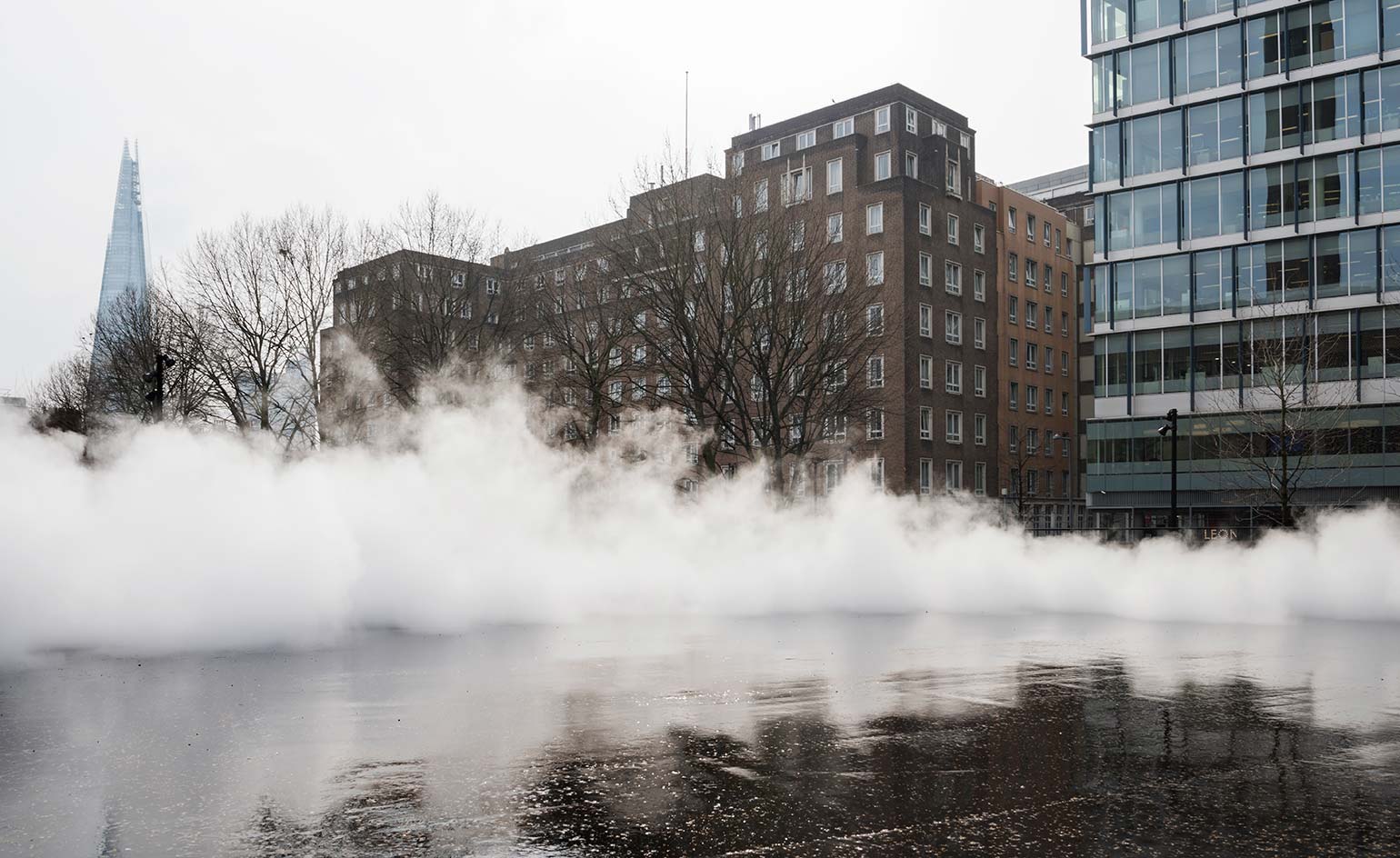
Something has been brewing outside the Switch House. From our perch at Wallpaper* HQ – located directly opposite Tate Modern – we've seen a flurry of activity on the South Terrace. Early this week, somewhat disconcertingly, great clouds of white smoke began billowing from the curved parameter walls, punctuated by a series of alien white lights.
It turns out, it wasn't the landing of some extra-terrestrial space ship. Technical staff were testing a major new installation from 83-year-old Japanese fog-sculptor Fujiko Nakaya, which launches officially today. Nakaya, who first came to prominence through her collaboration with Experiments in Art and Technology (EAT) in 1970, has been working with water vapour for over 40 years. Her misty moments have adorned bridges in Bristol, the Guggenheim museum in Bilbao and Philip Johnson's Glass House. This particular amorphous work acts as a barometer, reading shifts in atmospheric conditions – sometimes producing a faint mist, other times rocketing out great puffs of smoke. Of the work, Nakaya says: 'Nature controls herself. I try and let nature speak.'
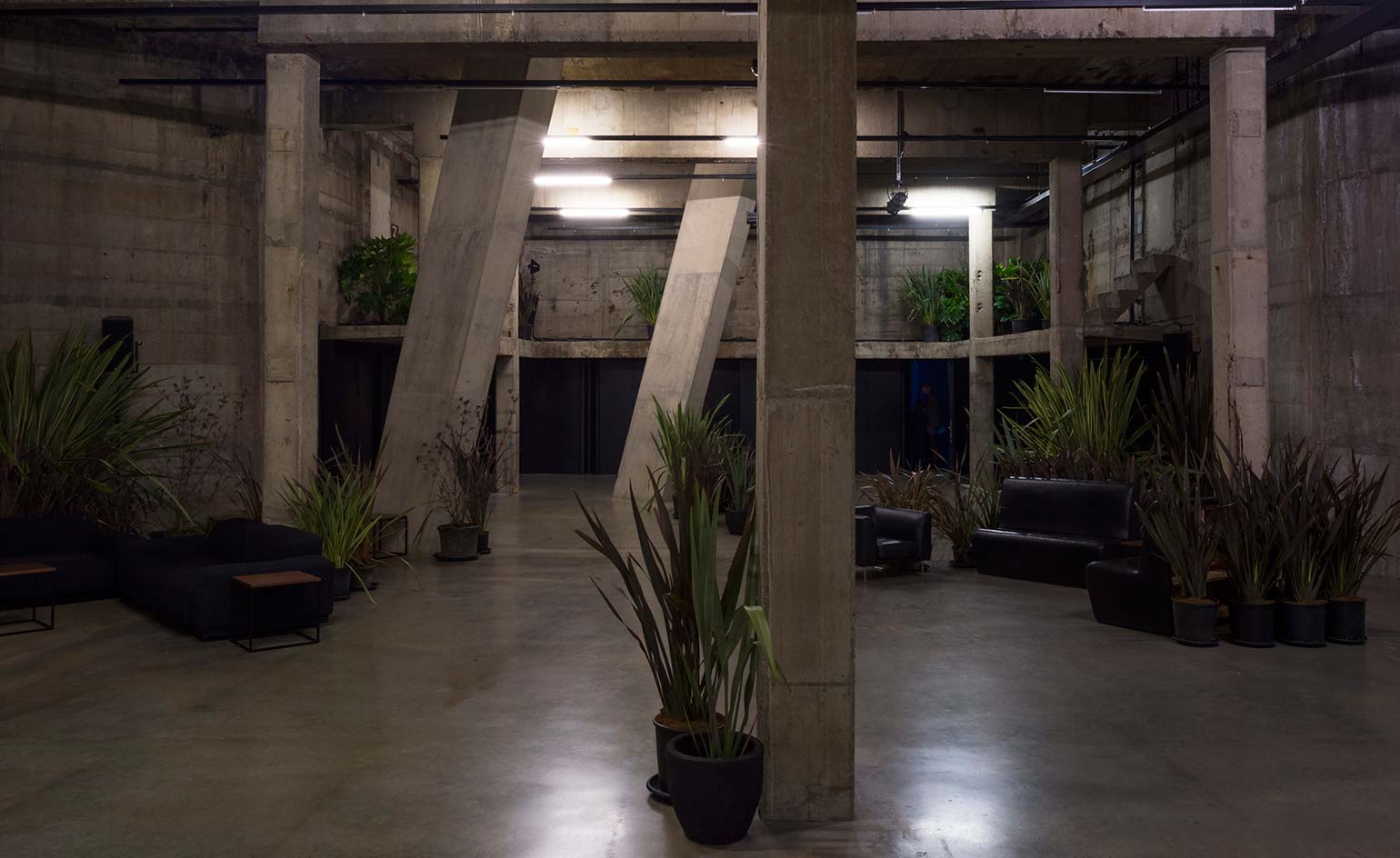
Isabel Lewis' botanical installation in the Tanks Foyer.
Like all great fogs, Nakaya's work is concealing something. Underneath, in the Switch House Tanks, performative works are already installed. Hosted by artist in residence Isabel Lewis, the curated programme of live events – dubbed 'Ten Days Six Nights' – begins today. Lewis has transformed the usually stark Tanks Foyer into a kind of Brutalist botanical garden; a serene surrounding in which Lewis will welcome visitors, microphone in hand, while conceptual dancers perform around her.
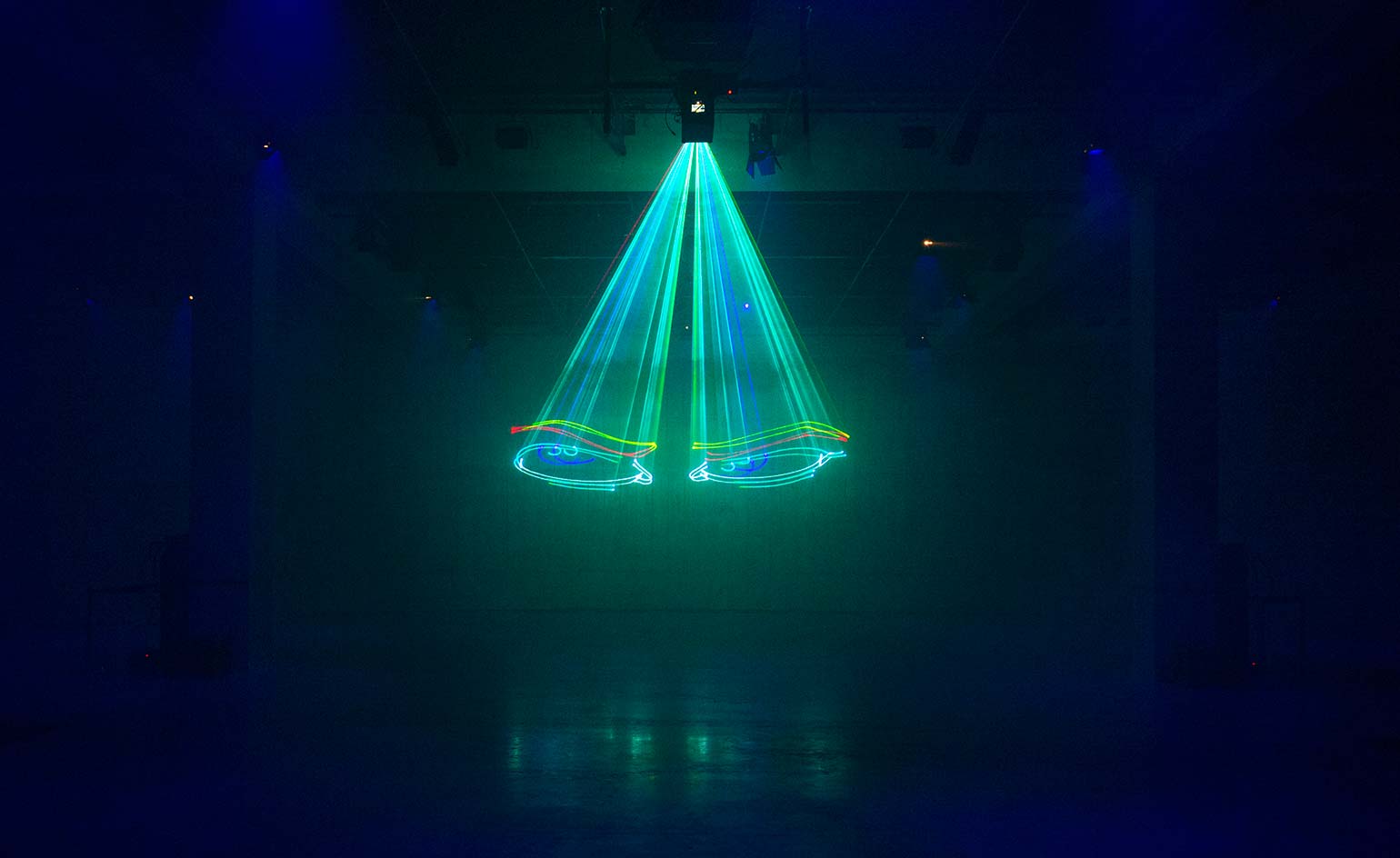
'Echoes (Oracle Version)', by Lorenzo Senni, 2017.
At this point, performance art naysayers might head to the bar (or out onto the terrace to be consumed by the fog). But the programme of events is so diverse, there's bound to be something for everyone. Spread among the atmospheric South Tank, East Tank and Transformer Galleries, artists range in age (from 32 to 83), nationality (from Japan to the Dominican Republic) and work in every conceivable media. Even the most miserable skeptics will raise an eyebrow to Lorenzo Senni's funky neon trance installation.
It's a wide reaching project, in line with the institution's ambitious itinerary of 'Tate Live' events, which began in 2012. But, says director of exhibitions Achim Borchardt-Hume, it's essential to an institution's programming to feature live art. It's what the public want. 'In our connected, digital age, artists and audiences are ever more fascinated by live experiences, shared in the moment with those around them.' With this in mind, to fully appreciate 'Tate Live' events, we suggest you throw caution to the mist, and join in.
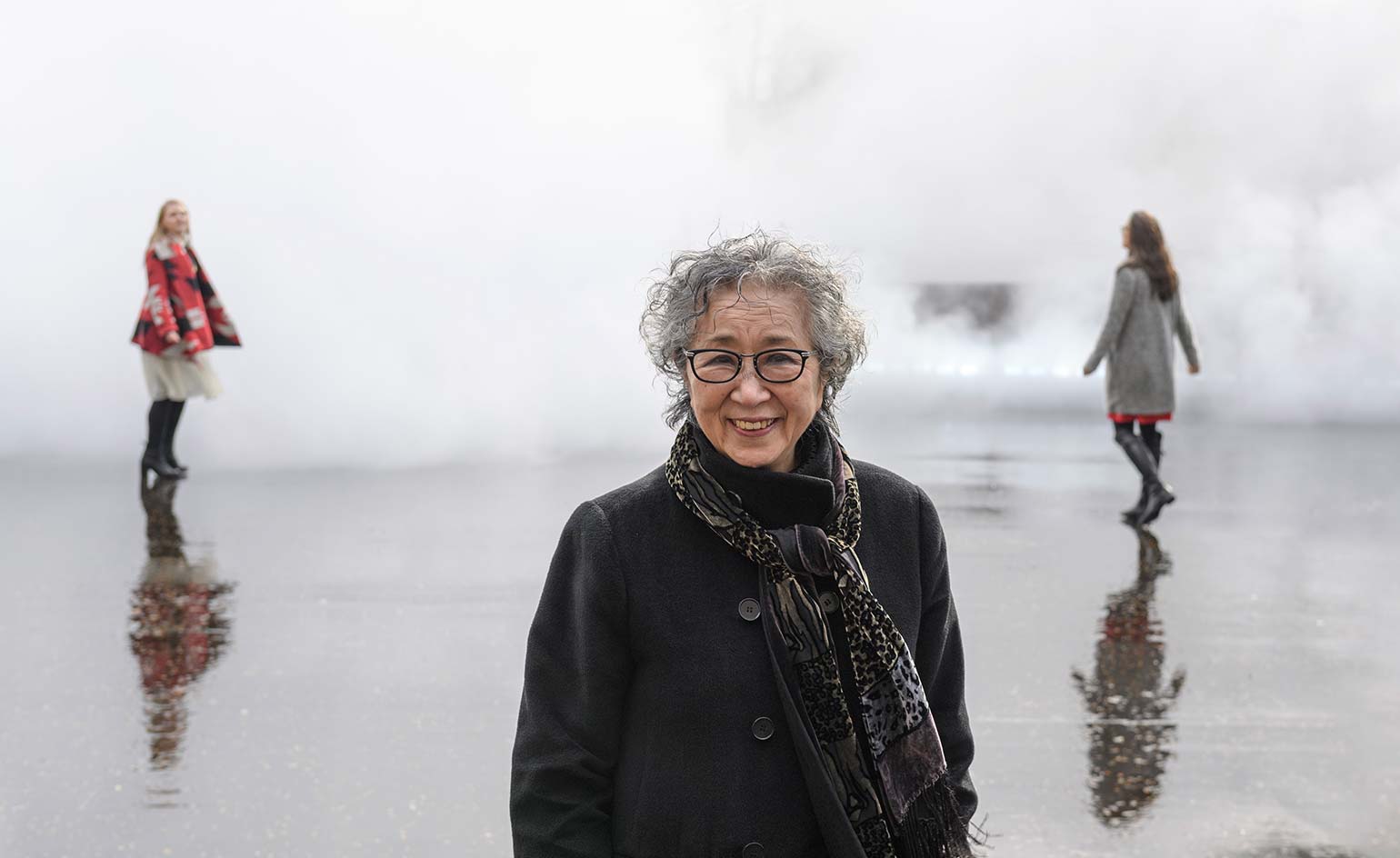
Fujiko Nakaya in front of London Fog
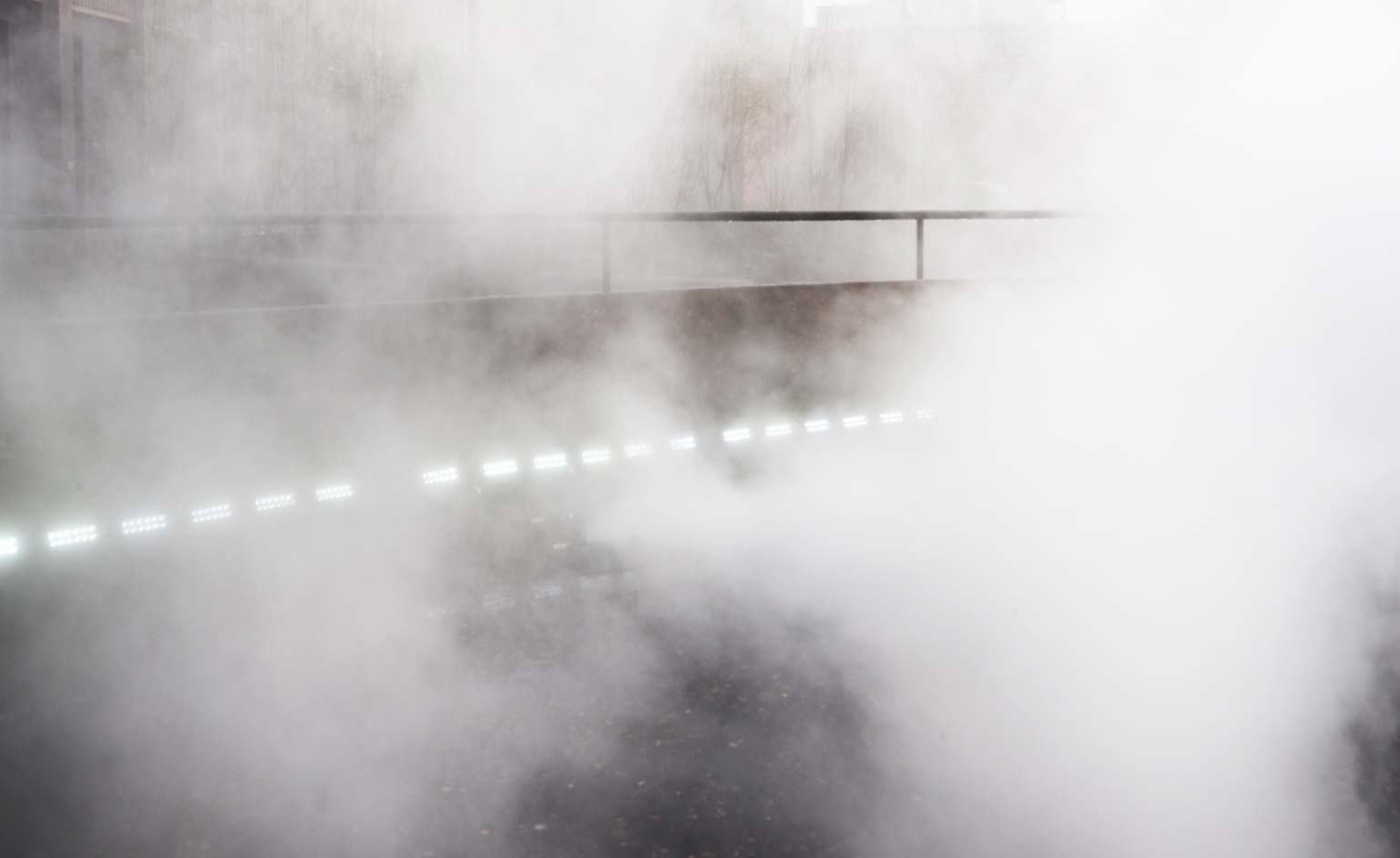
London Fog, by Fujiko Nakaya, 2017
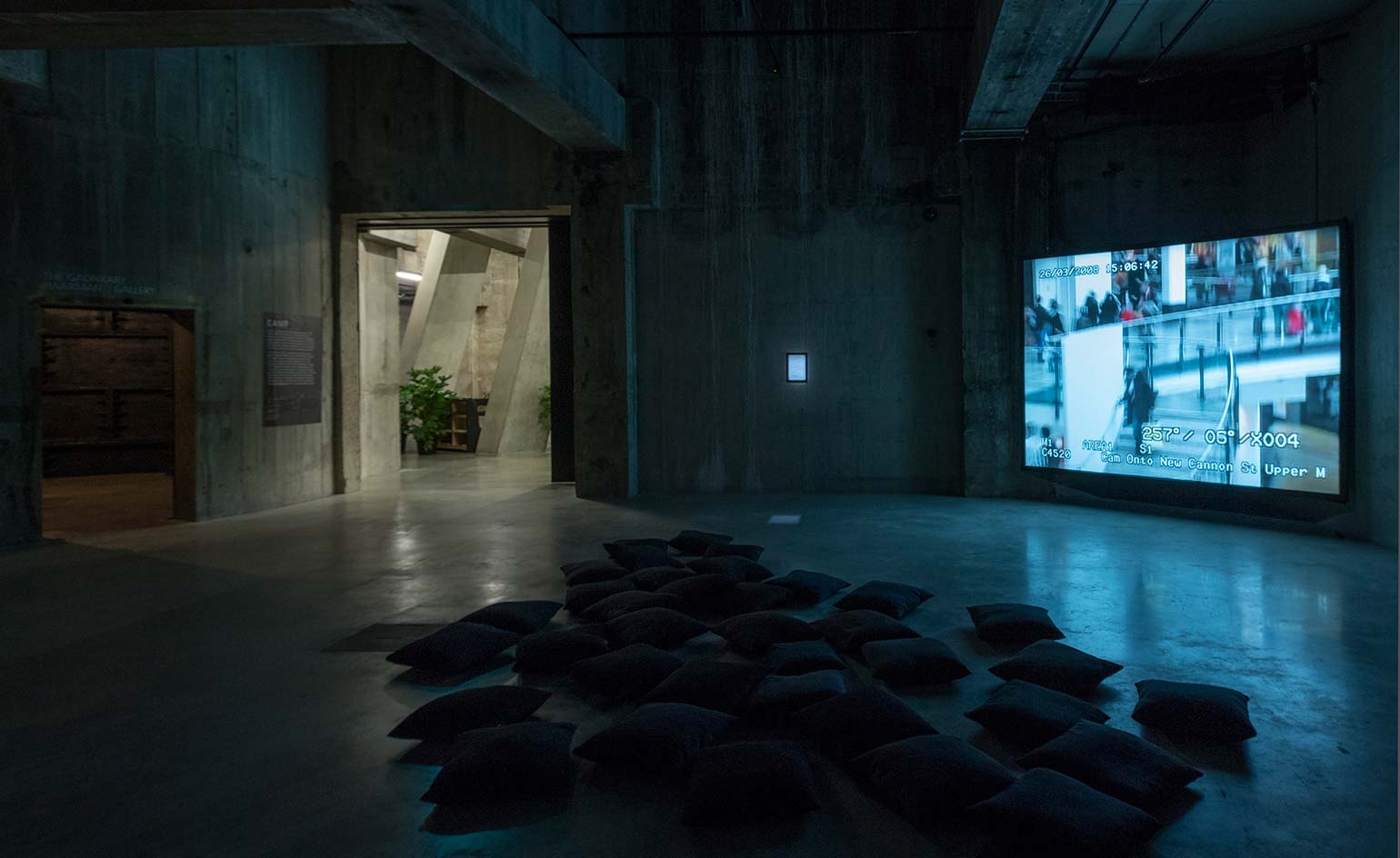
CCTV Social: Capital Circus, by CAMP, 2008
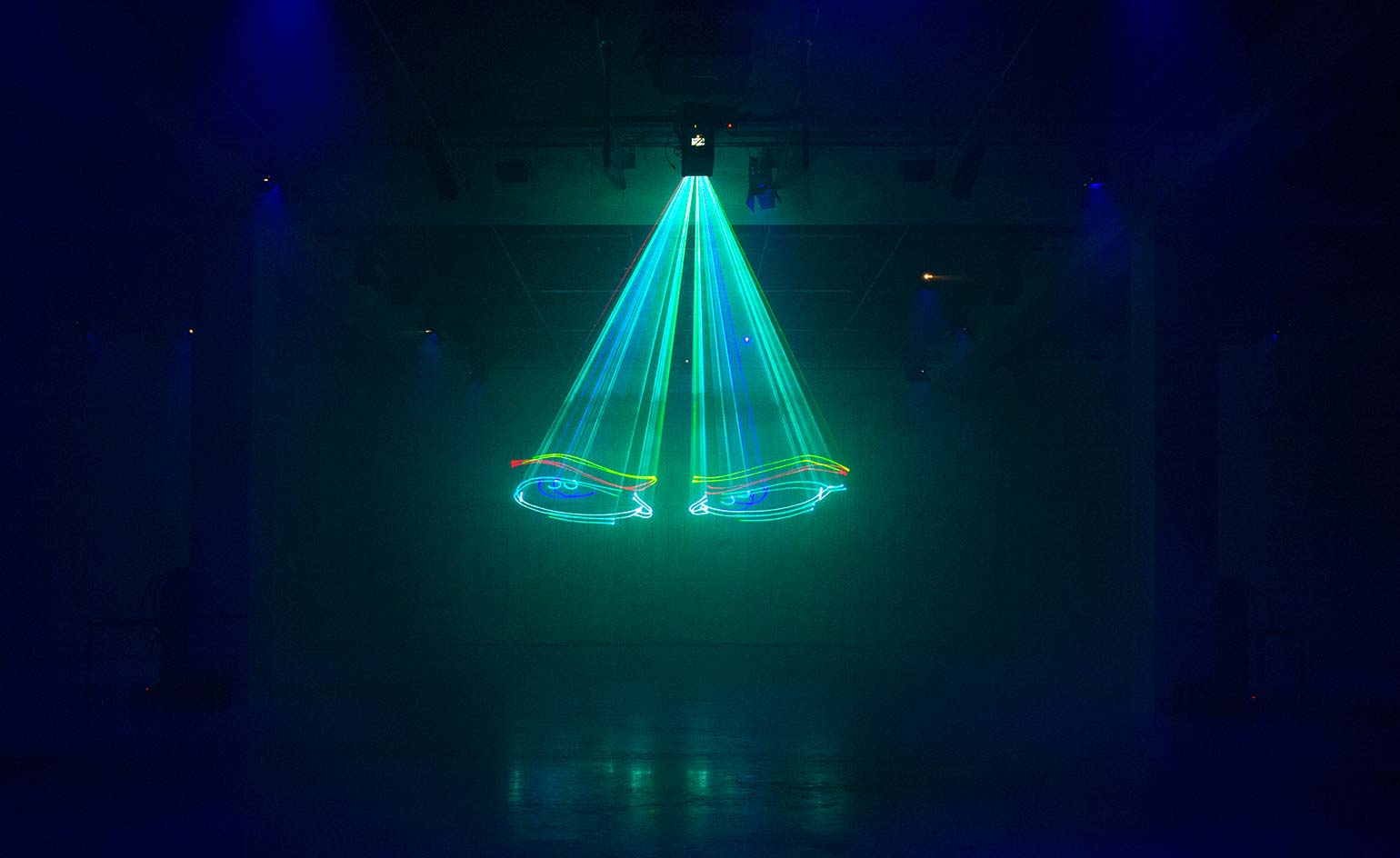
Echoes (Oracle Version), by Lorenzo Senni, 2017
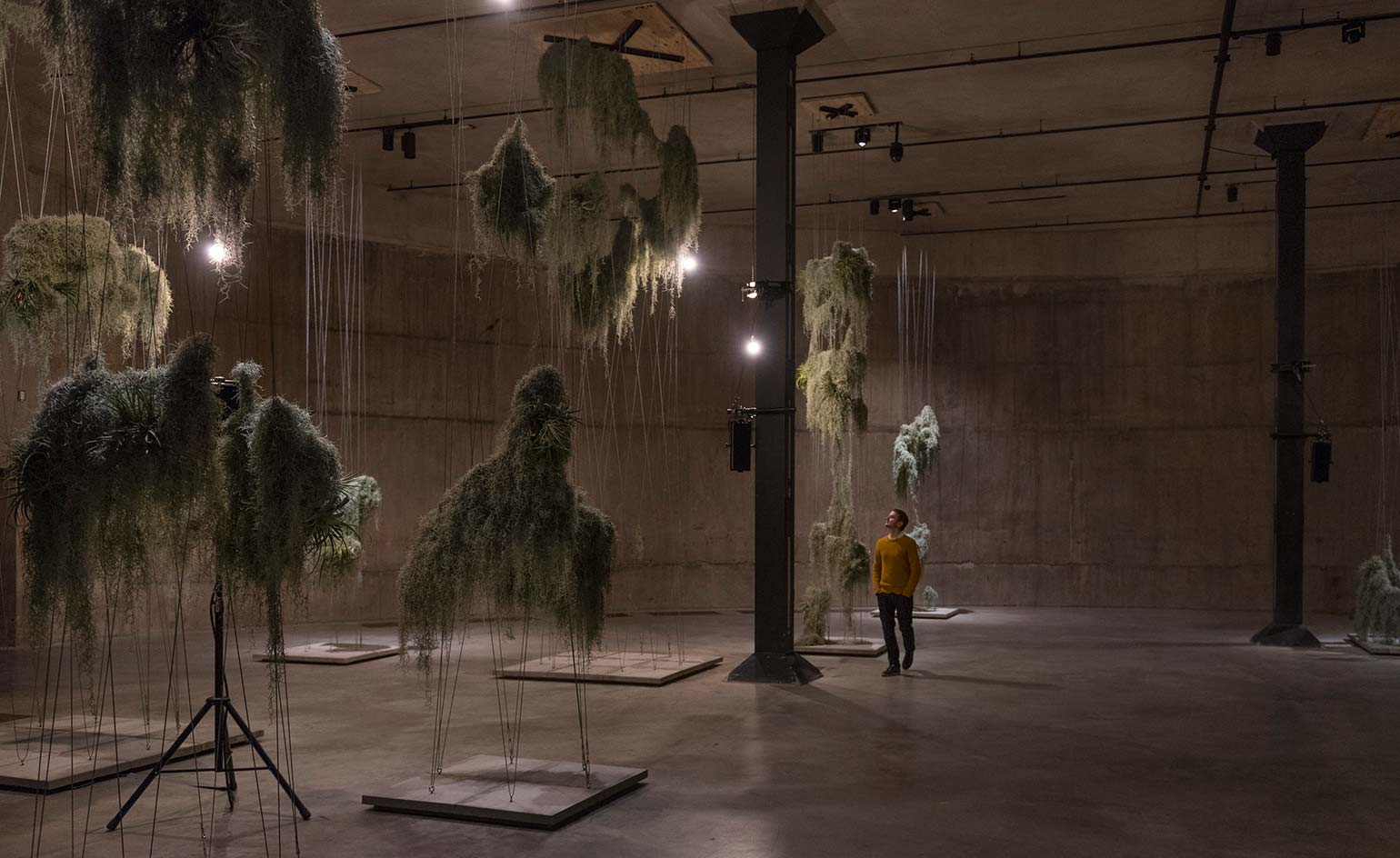
Isabel Lewis' botanical installatoion in the East Tank
INFORMATION
'Ten Days Six Nights' is on view until 2 April. For more information, visit the Tate Modern website
ADDRESS
Tate Modern
Bankside
SE1 9TG
Wallpaper* Newsletter
Receive our daily digest of inspiration, escapism and design stories from around the world direct to your inbox.
Elly Parsons is the Digital Editor of Wallpaper*, where she oversees Wallpaper.com and its social platforms. She has been with the brand since 2015 in various roles, spending time as digital writer – specialising in art, technology and contemporary culture – and as deputy digital editor. She was shortlisted for a PPA Award in 2017, has written extensively for many publications, and has contributed to three books. She is a guest lecturer in digital journalism at Goldsmiths University, London, where she also holds a masters degree in creative writing. Now, her main areas of expertise include content strategy, audience engagement, and social media.
-
 Extreme Cashmere reimagines retail with its new Amsterdam store: ‘You want to take your shoes off and stay’
Extreme Cashmere reimagines retail with its new Amsterdam store: ‘You want to take your shoes off and stay’Wallpaper* takes a tour of Extreme Cashmere’s new Amsterdam store, a space which reflects the label’s famed hospitality and unconventional approach to knitwear
By Jack Moss
-
 Titanium watches are strong, light and enduring: here are some of the best
Titanium watches are strong, light and enduring: here are some of the bestBrands including Bremont, Christopher Ward and Grand Seiko are exploring the possibilities of titanium watches
By Chris Hall
-
 Warp Records announces its first event in over a decade at the Barbican
Warp Records announces its first event in over a decade at the Barbican‘A Warp Happening,' landing 14 June, is guaranteed to be an epic day out
By Tianna Williams
-
 The UK AIDS Memorial Quilt will be shown at Tate Modern
The UK AIDS Memorial Quilt will be shown at Tate ModernThe 42-panel quilt, which commemorates those affected by HIV and AIDS, will be displayed in Tate Modern’s Turbine Hall in June 2025
By Anna Solomon
-
 Ed Atkins confronts death at Tate Britain
Ed Atkins confronts death at Tate BritainIn his new London exhibition, the artist prods at the limits of existence through digital and physical works, including a film starring Toby Jones
By Emily Steer
-
 A major Frida Kahlo exhibition is coming to the Tate Modern next year
A major Frida Kahlo exhibition is coming to the Tate Modern next yearTate’s 2026 programme includes 'Frida: The Making of an Icon', which will trace the professional and personal life of countercultural figurehead Frida Kahlo
By Anna Solomon
-
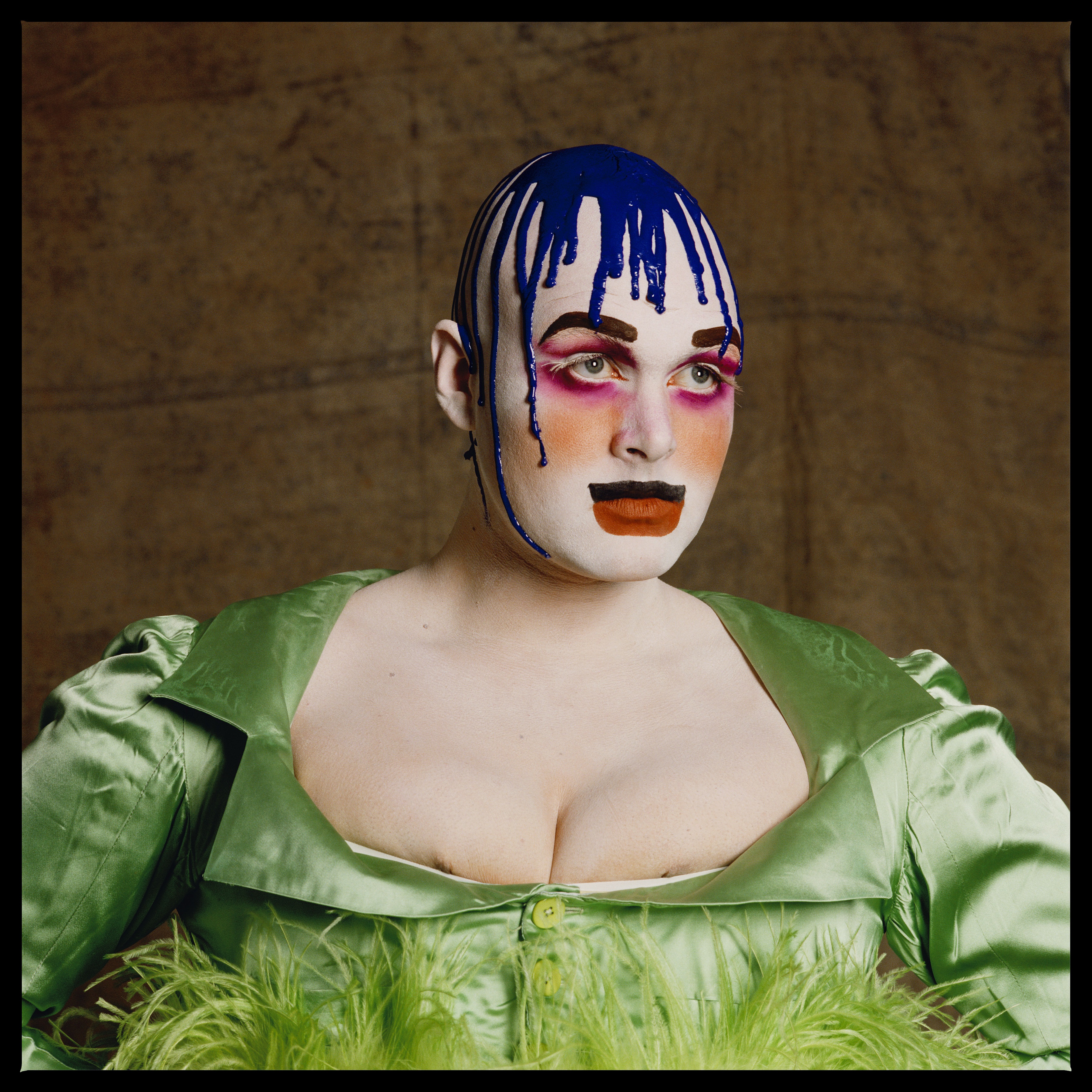 ‘Leigh Bowery!’ at Tate Modern: 1980s alt-glamour, club culture and rebellion
‘Leigh Bowery!’ at Tate Modern: 1980s alt-glamour, club culture and rebellionThe new Leigh Bowery exhibition in London is a dazzling, sequin-drenched look back at the 1980s, through the life of one of its brightest stars
By Amah-Rose Abrams
-
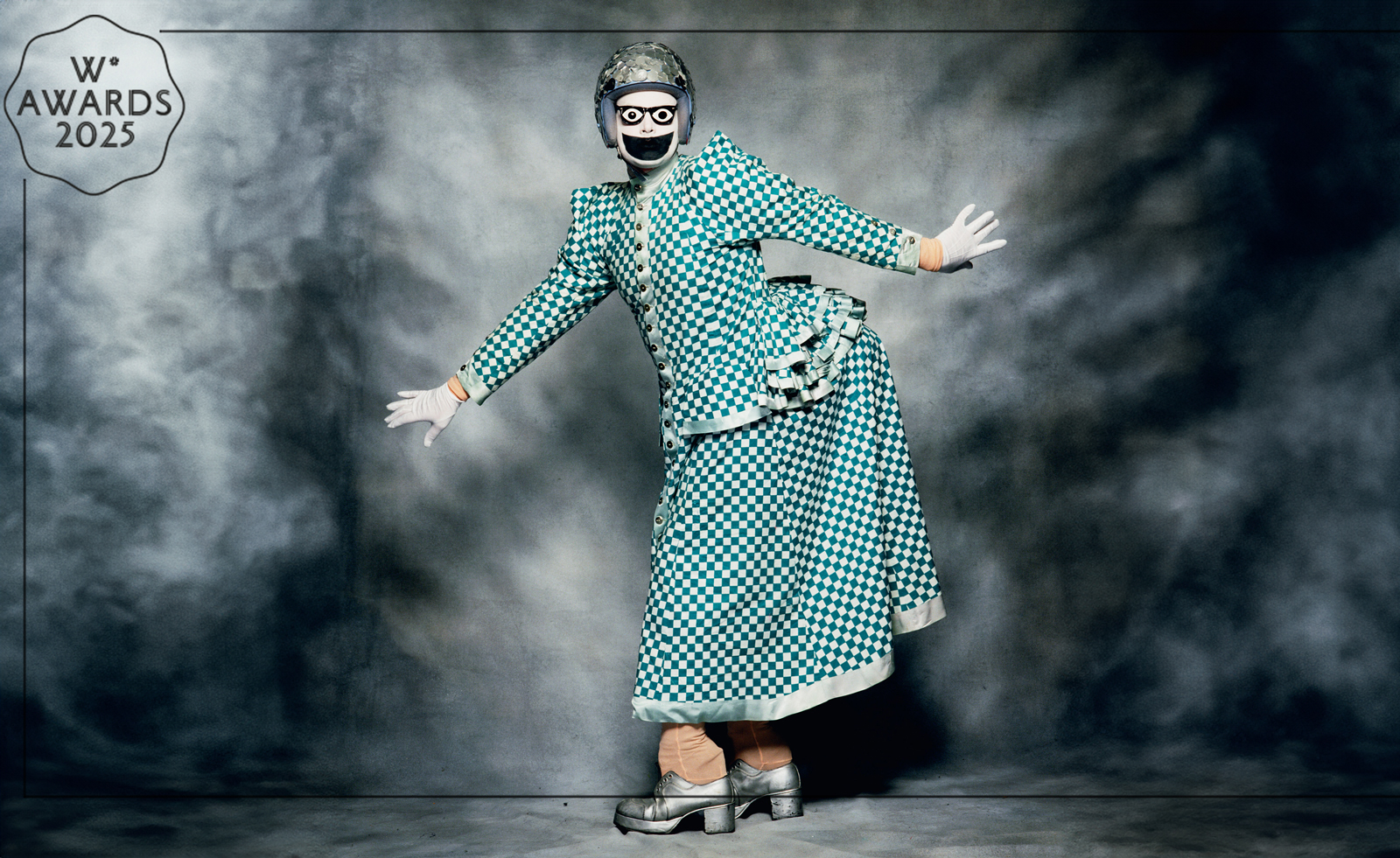 Wallpaper* Design Awards 2025: Tate Modern’s cultural shapeshifting takes the art prize
Wallpaper* Design Awards 2025: Tate Modern’s cultural shapeshifting takes the art prizeWe sing the praises of Tate Modern for celebrating the artists that are drawn to other worlds – watch our video, where Wallpaper’s Hannah Silver gives the backstory
By Hannah Silver
-
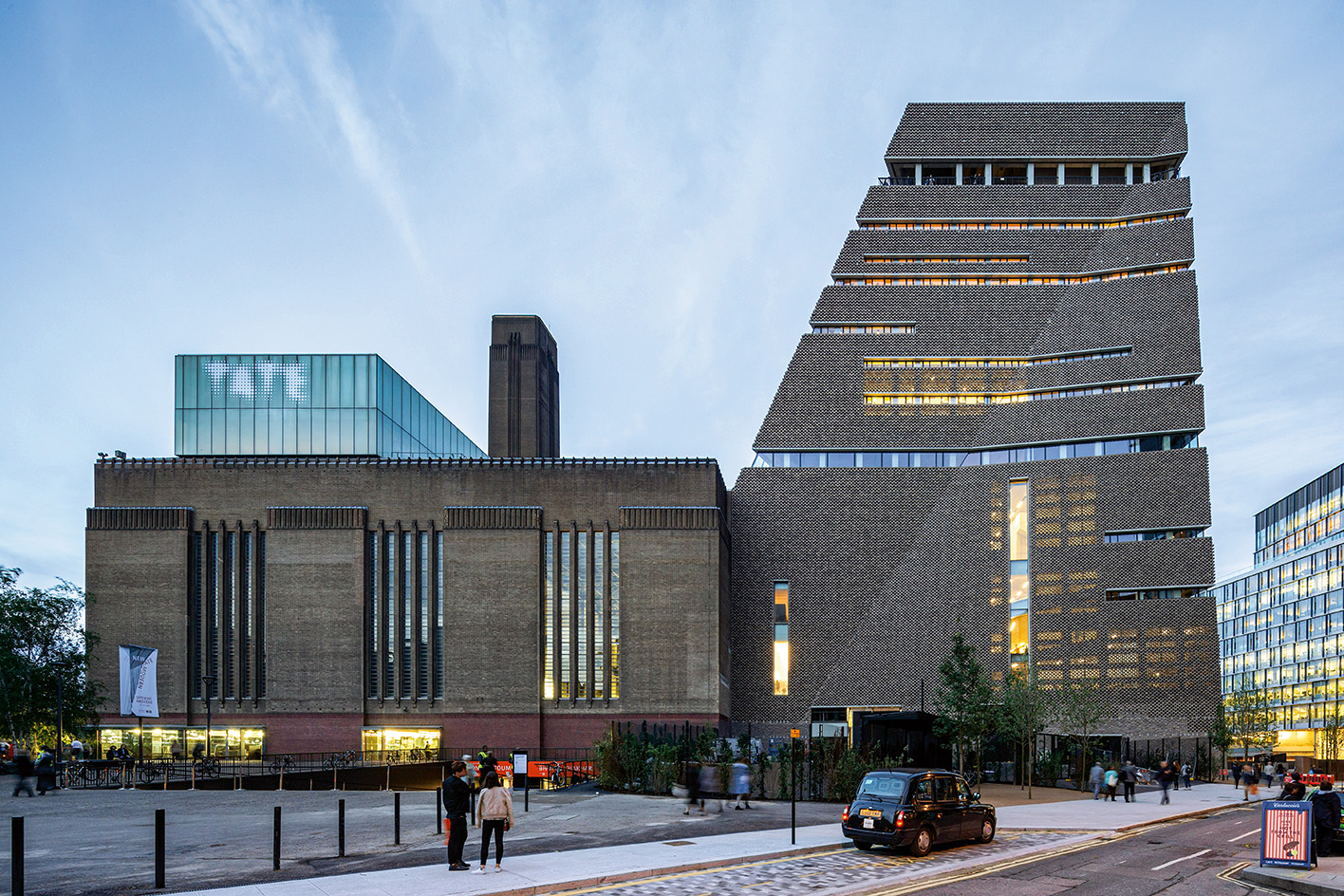 Looking forward to Tate Modern’s 25th anniversary party
Looking forward to Tate Modern’s 25th anniversary partyFrom 9-12 May 2025, Tate Modern, one of London’s most adored art museums, will celebrate its 25th anniversary with a lively weekend of festivities
By Smilian Cibic
-
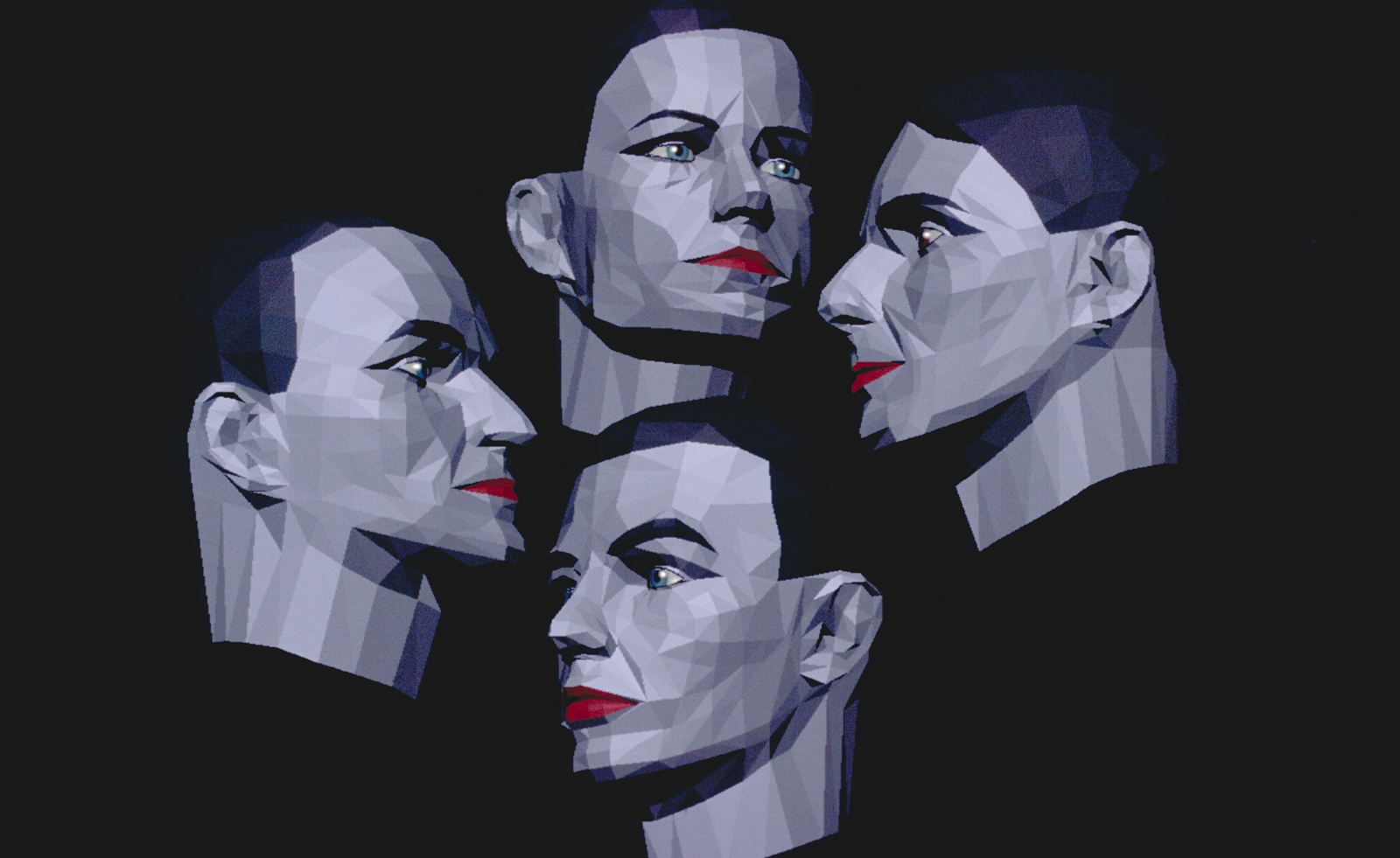 Discover psychedelic landscapes and mind-bending art at London’s Tate Modern
Discover psychedelic landscapes and mind-bending art at London’s Tate Modern'Electric Dreams' at the Tate encompasses the period from the 1950s to the beginning of the internet era
By Hannah Silver
-
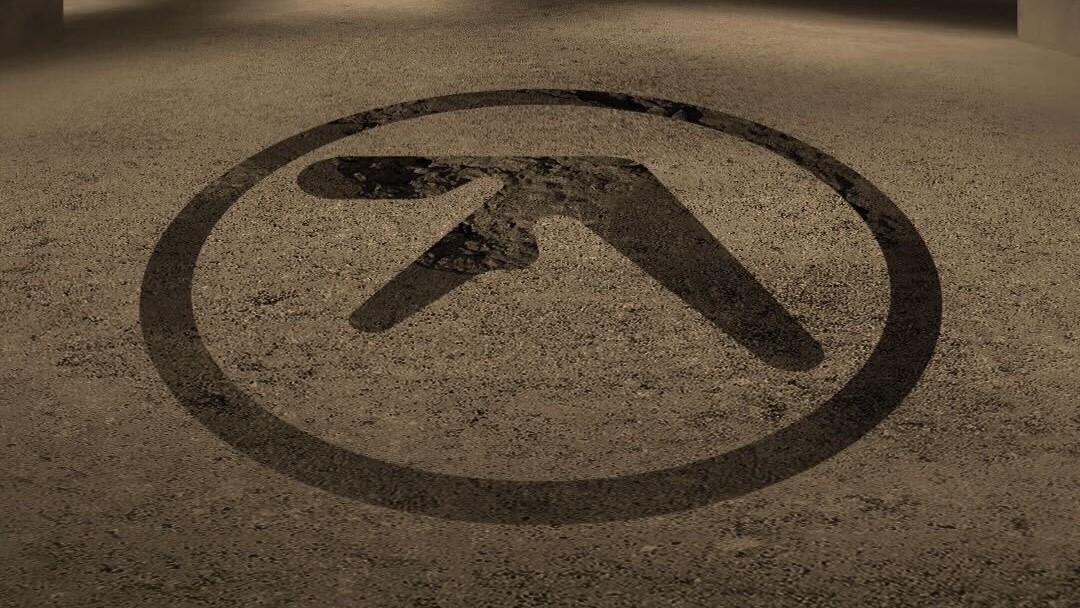 Tate Modern to host Aphex Twin listening experience
Tate Modern to host Aphex Twin listening experienceA free listening event for Aphex Twin's reissued album 'Selected Ambient Works II (Expanded Edition)' on the 25th of October
By Smilian Cibic